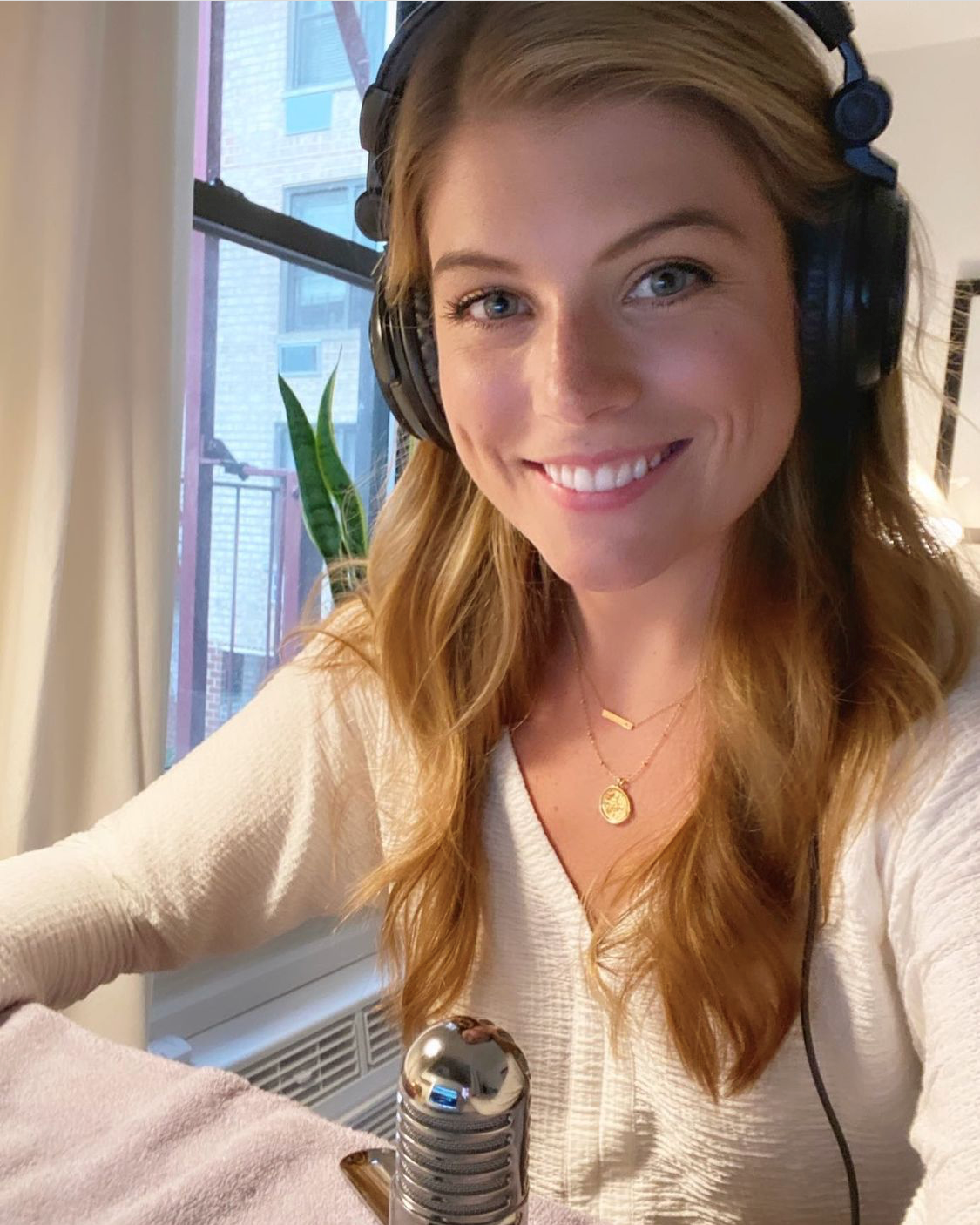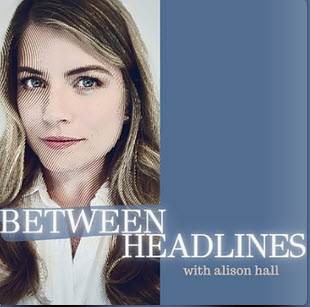Podcasting! What's Old is New Again
By Joanne Stevens
Within the course of 2 days’ time, here are some ‘audio media’ news facts that jumped out at me:
- Spotify, Discord, Linkedin and Facebook are all making moves into the social audio space.
- The NFL is making a more aggressive push into podcasting.
I’ve been marveling over announcements of launches
and “aggressive pushes” into podcasting and ‘audio only’ media. Journalist
Casey Newton, founder of Platformer News,
reports that Facebook’s Zuckerberg is laying out a five-pronged salvo into the
audio space; it apparently includes a ground-breaking “infinite scroll feature
of audio clips called Soundbites”. ( I hear the collective journalists’
groans.. although our SOT acronym admittedly includes an anachronistic, if not
affectionate term *).
Welcome to the club, LinkedIn, Spotify, and the NFL! I’m serious. For way too long your new foray has been erroneously perceived as the ‘poor cousin’ of video- aka television and now streaming video. I seriously look forward to handing out your membership cards, and I hope you’ll find the reward of your contributions to be immeasurably satisfying, if not exhilarating.
…….
I’ll be dedicating my next few columns to podcasts: tips, warnings and misconceptions. In reality, whether you’re choosing to make them ‘news-like’, strictly didactic, or sounding like an ongoing conversation, the basic tenets of speaking, script writing and interviewing are the same that have buoyed tv and radio program success for decades.
To get things rolling I’d like to begin by interviewing a terrific TV journalist, Alison Hall. Alison is a producer, reporter, anchor, and now the host of her own independently produced podcast Between Headlines.
What made you decide to create podcasts?
- Long-form storytelling
- A more raw and intimate setting
I’m an avid consumer of podcasts and have been for years. I love to consume content on the go and there’s something special about being able to listen to a story while walking, commuting, or for me, often while cleaning my apartment. While I love TV and all types of video content, you have to be engaged and using your eyes and ears to absorb it actively. With podcasting you can tell a story in a really impactful way by meeting people in a very intimate part of their lives, which fits for the types of stories I love to share. Additionally, as a journalist for a daily news show, the stories I work on are often anywhere from 45 seconds to one and a half minutes in length, so I was craving a way to explore long-form story telling. Podcasting is a great way to really dig my teeth into a story and share it with my listeners in a more raw and intimate setting.
You’ve accomplished your video reporting with passion and ease- what are a few surprises that hit you when you decided to create your podcast?
- Tougher editing decisions
- Success of the virtual component
While my podcast episodes are edited for clarity and length, I was surprised by the tough editing process. When cutting a package for TV, I am quite a discerning decision maker, only letting the most impactful bites go into the piece. But, with long-form content, you have the ability to let things play out a little more and while that’s the point, a strong story still needs editing. I was surprised that making tough cuts to an audio conversation didn’t come as naturally as when editing for TV. I also started my podcast during the pandemic, and I was quite surprised with the ease of recording high quality audio remotely. I originally allowed the idea that the podcast may not be studio-quality get in the way of starting to work on it, but when I realized that guests and the magic of technology could gather virtually to record an interview and have it sound pretty great, I was pleasantly surprised and excited about continuing with my launch.
What software do you use for editing?
I record my podcasts with a virtual meeting software called Squadcast.fm. It helps record studio quality audio by recording separate tracks for the host and the guests- rather than a software like Zoom, where everyone is recorded on the same track. It’s a small monthly fee and it has been well worth the investment. I then use Garageband to edit the podcast on my Mac computer. Garageband is super user-friendly and I’ve been able to pick it up quite quickly, though I have heard that Audacity is another great free editing software.
For non-journalist podcasters- what are a few of your top tips?
- Listen for unexpected content
- Let your curiosity lead the way
It sounds simple, but LISTEN. This goes for journalists too. I think sometimes in TV news, we can have a tendency to only look for the bite that we may think fits with the other elements of the story, but actually listening to an interview subject and allowing their story progress in a natural way can open up doors in a conversation that you had never planned for, especially when prompted with “tell me more about that”. This often ends up being the most impactful piece of the interview. For non-journalists, I think tapping into a journalist’s innate sense of curiosity. I always approach my interviews with a genuine desire to learn, setting my ego aside and asking questions that may seem obvious or may be tough articulate. I try to allow my curiosity about a subject lead the way and act for my listeners, who may have no idea what the story is – I want each interview to surprise and enlighten people who may be introduced to the subject for the first time through our conversation.
How about dealing with the audio components- what’s the learning curve like?
-
Good quality USB microphone and headphones
I originally thought that the technical side would be quite tough to master but after several YouTube tutorials and a few online guides, I have figured out a fairly simple but professional set-up. I have found that beyond getting a good quality USB microphone and headphones, having an incredibly quiet and fabric-heavy room is the most important. For example, I record in my small office that’s at the back of my apartment near a couch- it has carpet, I line my desk with towels and blankets and I sit on a fabric chair with blankets. When I record my intro, I even put a blanket over my head! A good microphone will pick up the hum of the air conditioner or the far-off kitchen dish being touched… so recording in an isolated place with no background noise is the simplest way to set yourself up for success. I advise my guests to try to find a quiet place, away from the kitchen, away from the noise and distractions of children or pets, air conditioning or fans. I ask them to use headphones or a microphone if they have one. I have even had one or two eager guests buy a USB microphone to make sure their audio is high-quality for recording with me!

Does the feedback from your podcast listeners differ in any way from that posed by TV viewers?
So far I found that the feedback from my podcast listeners is a bit more personal. When I hear from a listener, it often includes the words “I relate to this story” or “this really hit home for me”. The intimate nature of the medium and the personal stories I tell tend to strike a chord with people and invites conversation that is more personal in nature. Whereas feedback from many of my TV pieces tends to be more conversation-starting about a broader issue or sharing opinions, resources and other story ideas.
What’s your advice to new podcasters in the business sector who’d like to share information with clients via this modality?
I think podcasting is about conversations rather than just selling or teaching, so for business clients I think it would be important to include many diverse voices and incorporate story telling into sharing the desired information.
Alison, thanks for taking the time to speak with me. I’m sure you’ve inspired many people to consider taking the first step.
To everyone else, please watch for Podcasting- Part 2
…………………………
*SOT sound on tape


